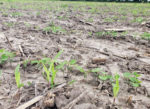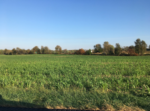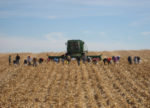Advertise Follow Us
Items Tagged with 'volunteer corn'
ARTICLES
Tips For Harvesting Downed Corn, And Dealing With The Aftermath
Downed corn can have a significant impact on profits and no-till systems, but here are tips and considerations to make the best of a bad situation.
Read More








